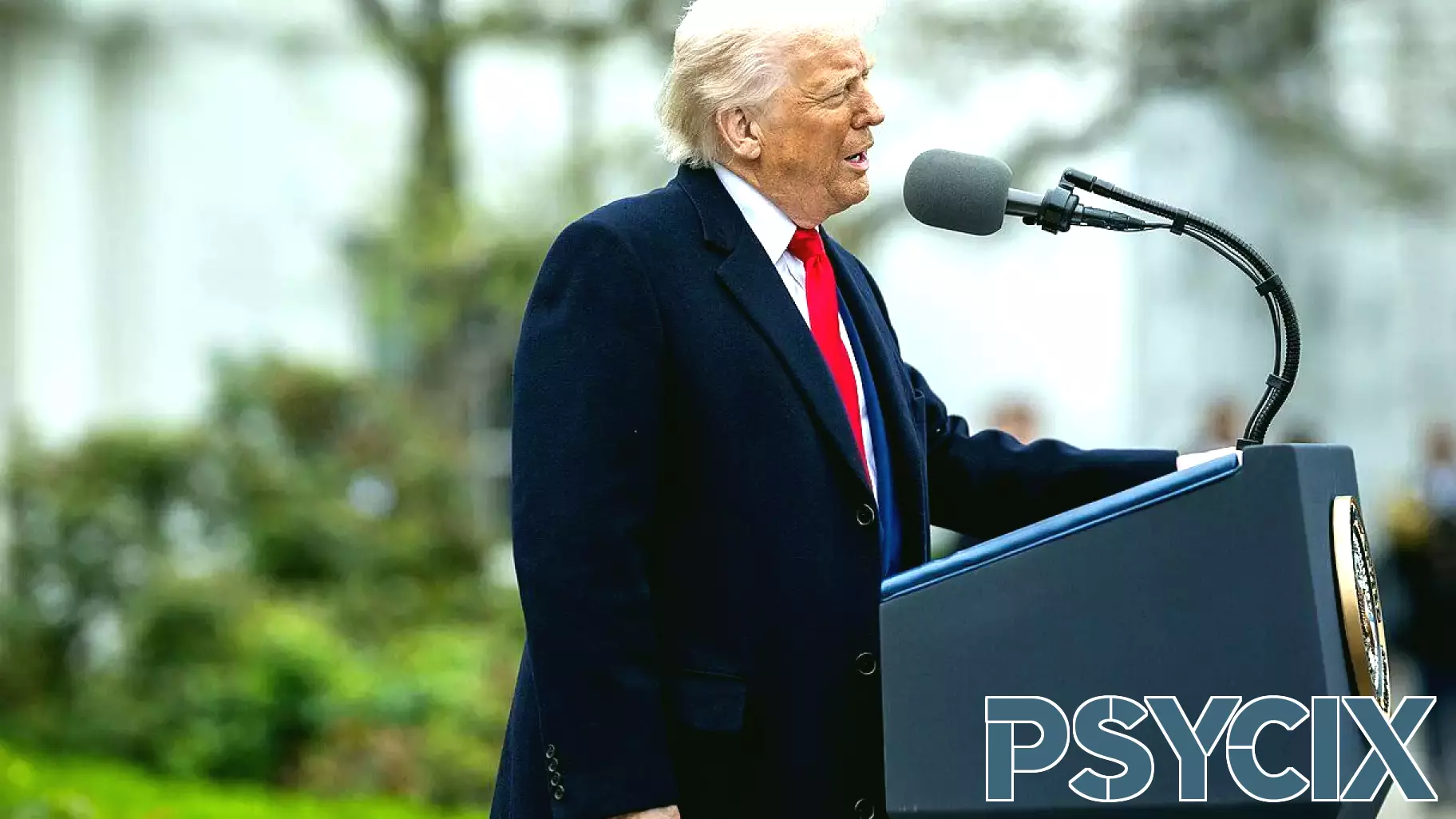April 4, 2025 - 00:18

On April 2, President Donald Trump announced a significant escalation in his trade policies by unveiling a series of steep new tariffs targeting various countries. The tariffs vary widely, with many nations facing an increase of 10 percent, while others will face much higher rates. Notably, goods imported from mainland China are set to be hit with a staggering 54 percent tariff, reflecting the administration's ongoing confrontational stance towards Beijing.
This move is part of Trump's broader strategy to reshape global trade dynamics and assert American economic interests. By imposing these tariffs, the President aims to protect domestic industries and reduce the trade deficit. However, critics argue that such aggressive measures could provoke retaliation from affected countries and disrupt global supply chains.
The announcement has sparked intense debate among economists and political analysts, who are closely monitoring the potential impacts on both the U.S. economy and international relations. As the situation unfolds, it remains to be seen how these tariffs will affect American consumers and businesses in the long run.



